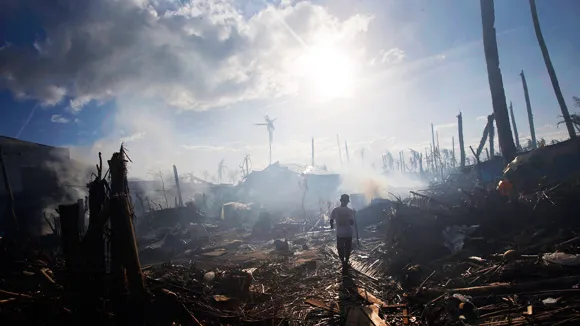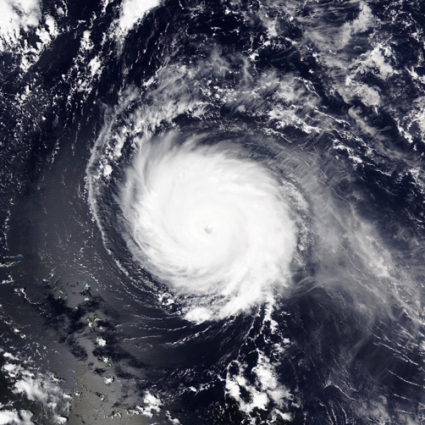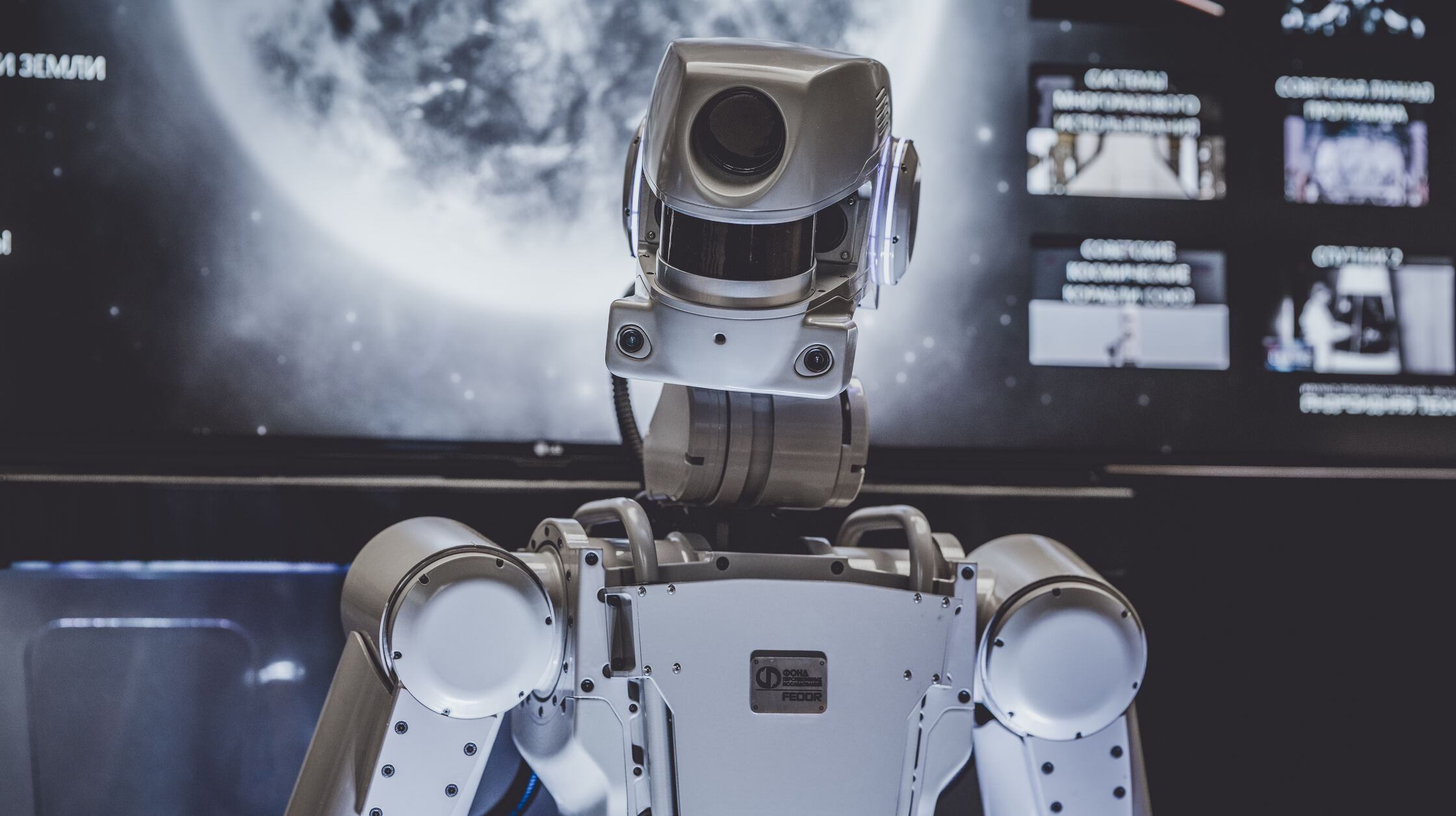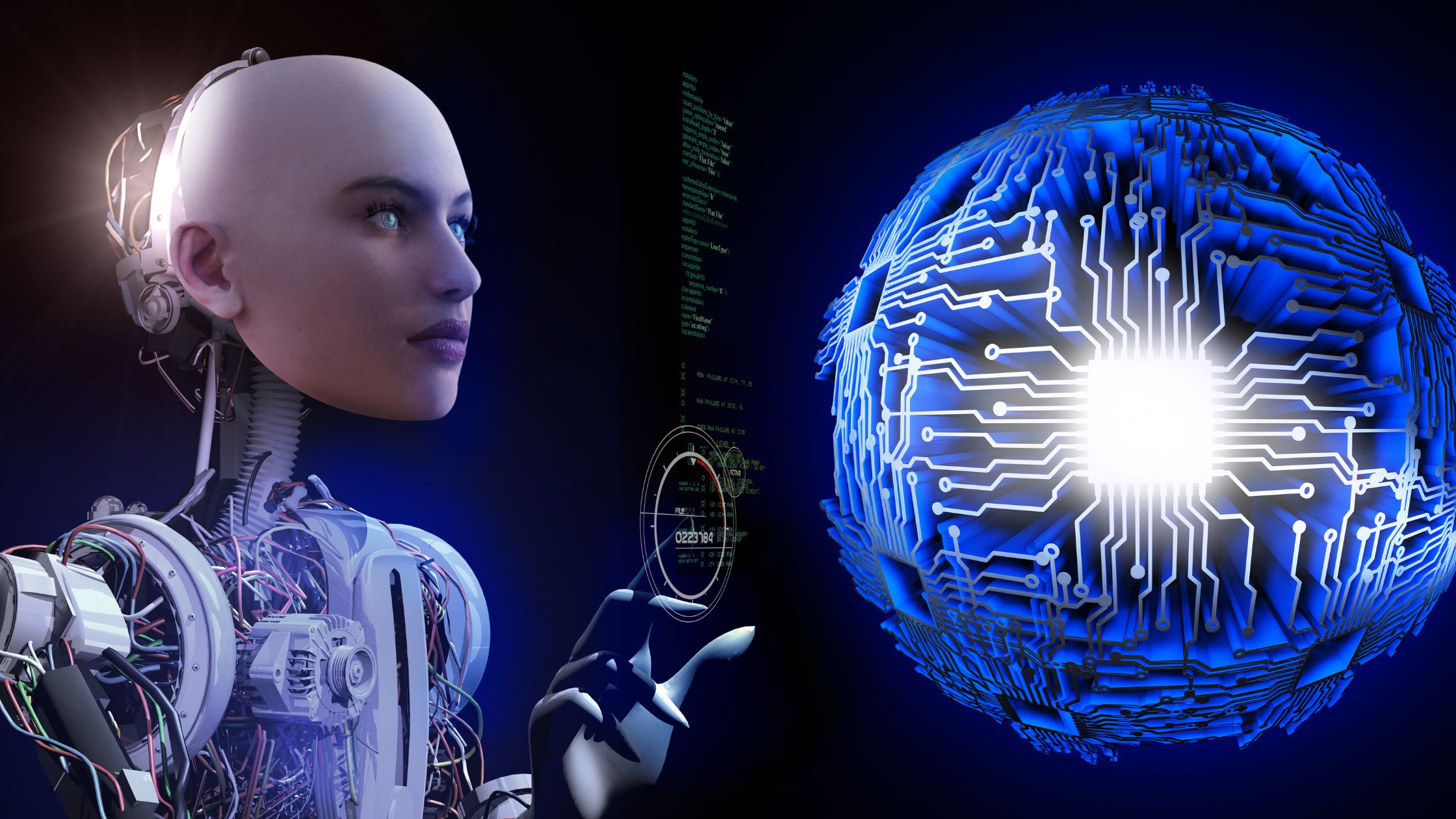
Natural disasters have always been a threat to humanity, and their destructive impact is increasing with the changing climate. Traditional disaster management methods are often reactive and inadequate in preventing loss of life and infrastructure damage. However, recent advancements in artificial intelligence (AI) have enabled researchers to predict natural disasters more accurately, allowing governments and organizations to take proactive measures to save lives and minimize damages. In this blog post, we will explore how AI can be harnessed for predicting natural disasters, the opportunities it presents, as well as the challenges that come with it.
The Science of Disaster Prediction

Predicting natural disasters involves analyzing large amounts of data from various sources such as satellites, sensors, weather stations, historic records, etc. Machine learning algorithms are then trained on this data to identify patterns and make predictions about future events. The accuracy of these predictions depends on the quality of the data used and the complexity of the models developed.
Benefits of AI-Powered Disaster Prediction

There are several advantages to using AI-powered disaster prediction tools:
Early warnings: One significant advantage is that people can get advance notice before a disaster occurs. This gives them enough time to prepare or evacuate, minimizing the loss of life and damage to infrastructure.
Better response: Knowing when and where a natural disaster may occur can help first responders prepare for an effective response. This can lead to quicker mobilization of resources and saving more lives.
Improved infrastructure planning: Accurate predictions on which areas are most at risk during different types of disasters can inform infrastructure planning. Such a plan can be implemented to construct resilient buildings or roads that are better equipped to withstand natural calamities.
Real-world Examples

There are several ongoing projects or initiatives around the world using AI-powered disaster prediction tools:
NASA’s Earth Observing System Data and Information System (EOSDIS): EOSDIS provides satellite data that is useful in predicting weather patterns and natural disasters like hurricanes, floods, wildfires, etc. It also provides data on the extent of damage caused by these disasters.
The Global Earthquake Forecasting System (GEFS): GEFS uses machine learning algorithms to predict when and where earthquakes will occur. The system has been successful in identifying potential earthquake hotspots with some accuracy.
The Indian government’s National Cyclone Risk Mitigation Project (NCRMP): NCRMP uses data analytics and GIS mapping to predict cyclones in coastal regions. This tool helped save many lives during cyclone Fani that hit India’s eastern coast in 2019.
Challenges of AI-Powered Disaster Prediction

While there are many potential benefits of using AI for disaster prediction, there are also several challenges to consider:
Data quality and availability: AI models need accurate and up-to-date data to make reliable predictions but getting such clean data is challenging because sometimes these areas lack proper infrastructure needed for this kind of collection.
False alarms/overreliance on technology: There is always a possibility that AI models could produce false positives or negatives which may cause unnecessary panic among people or even lead to complacency among decision-makers.
Ethical concerns: There are also ethical considerations regarding the use and sharing of data generated by AI-powered disaster prediction tools. Some people may be more vulnerable to disasters than others but may not have equal access to early warning systems or evacuation plans.
Conclusion
In conclusion, while there are many opportunities for using AI to predict natural disasters, there are also challenges that must be addressed. We need a continued investment in research and development of AI-powered disaster prediction technology to work towards creating more resilient communities that are better prepared for the inevitable threats posed by Mother Nature. It is essential that these tools are used ethically and responsibly, with an emphasis on ensuring equity in access to such technologies. By doing this, we will be able to save lives and minimize damages caused by natural disasters in the future.







